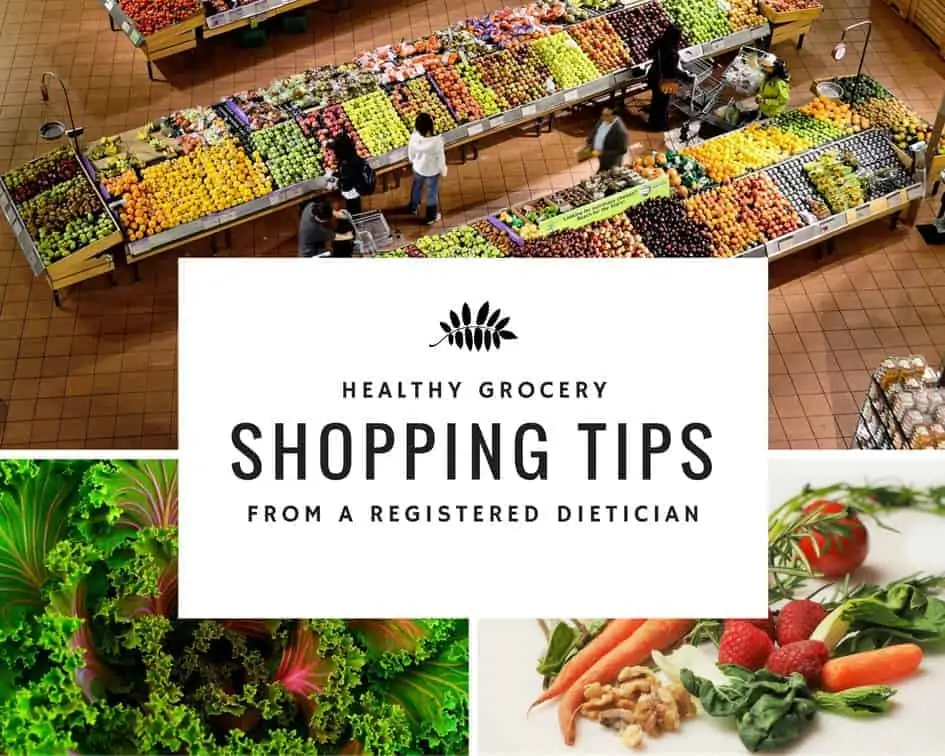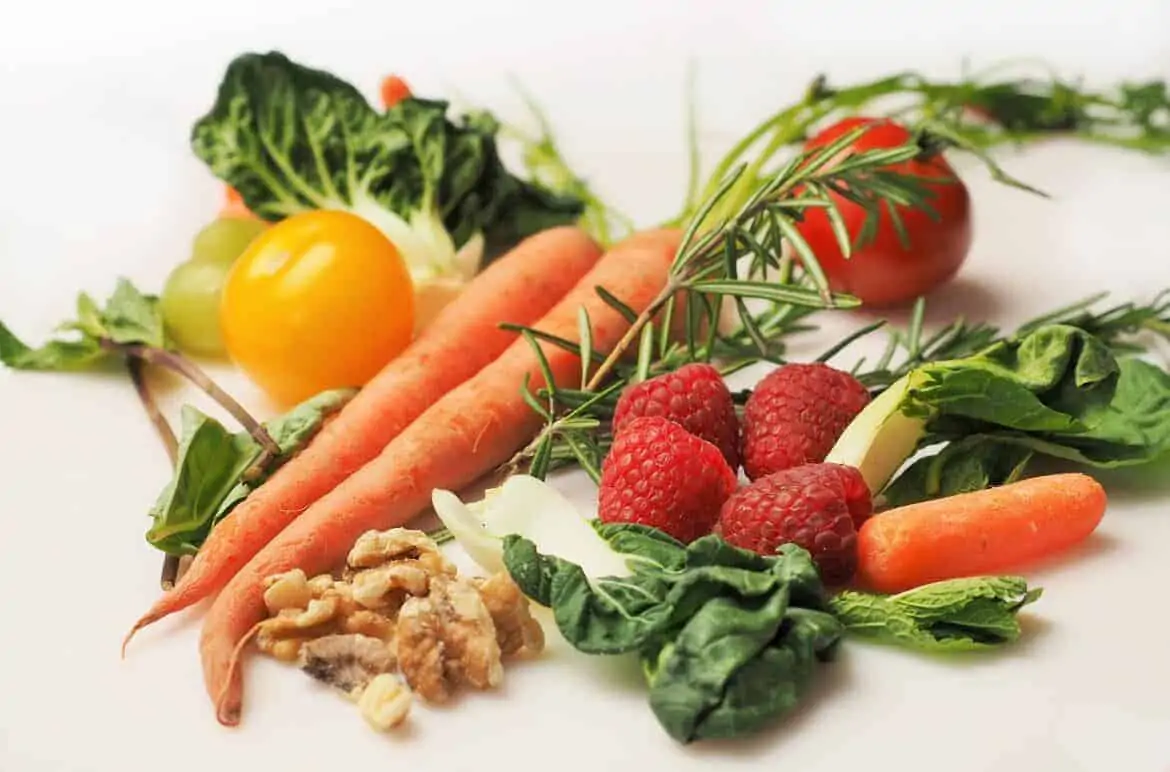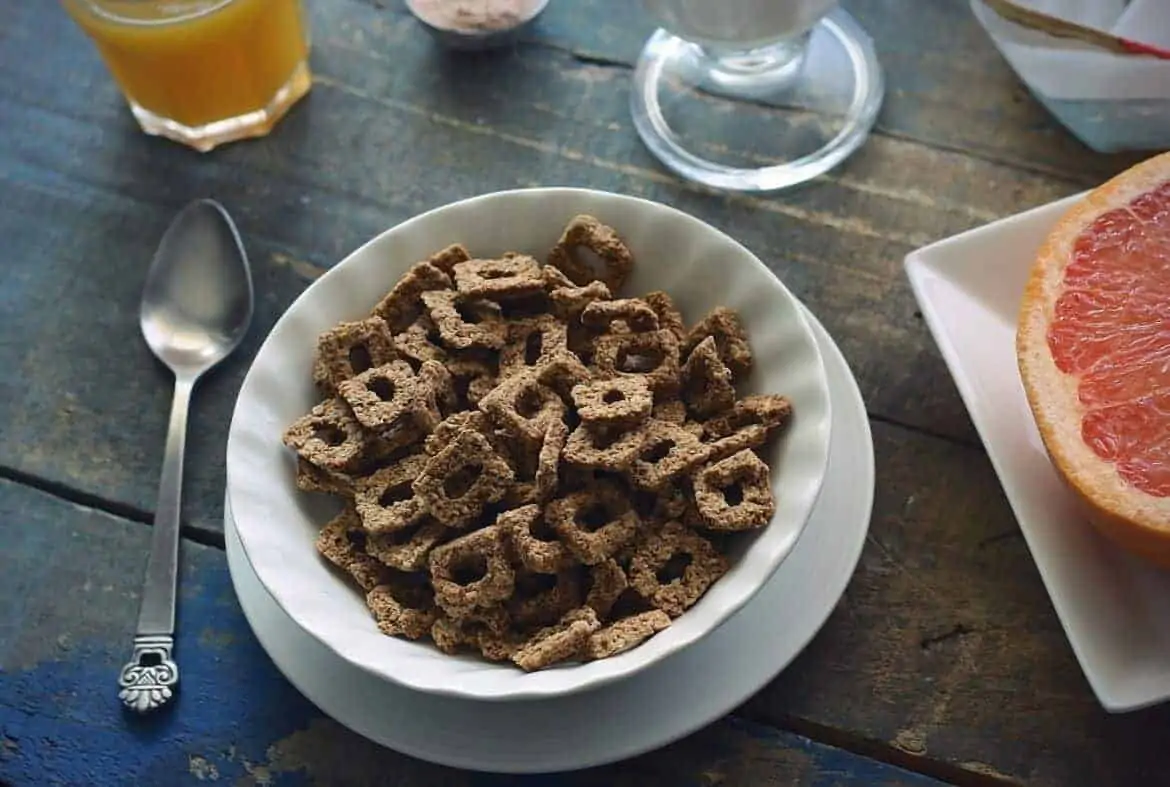Are you the type of person that reads the labels on every item you put in your grocery basket and carefully chooses only the best foods…until your phone starts ringing, your kids are whining, people keep bumping into your basket while you halfheartedly read the ingredient list, and you realize that you forgot your own list? Sound about right?
That is me every week at the grocery store. I have the best of intentions, then as I read the ingredients, I realize I don’t even know what I am looking for or what those ingredients really mean. In a split second, I am distracted and tossing the most convenient items in the basket without thinking. If you can relate, I received some quick tips to help you. I was lucky enough to have a chance to tour a local grocery store with the help of a registered dietician. Pointing out some food basics to help in the never ending saga of food selection and meal prep, Priscilla Marie offered much needed insight. Priscilla is a Registered Dietician, Nutrition and Fitness coach at MI Dietitian Consulting, LLC. Here are some great tips she discussed while we explored the aisles of our grocery store and took on the battle between good food vs. bad food.
Shop the Perimeter
The perimeter contains the healthiest foods. They are usually the freshest and contain less fat, salt and preservatives than the ready to eat, prepackaged foods that make up the center aisles. Try to focus on making meals from the freshest items on the outskirts of the store. Red, yellow, and green veggies are also great for your skin and help fight aging. When you buy fresh items, it also means less trash because there is less packaging. Being physically healthy can also means a healthier environment.
Utilize Your Farmer’s Market
Another great place to get the freshest produce is at the farmer’s market. Some of the produce you purchase at the store comes from other countries, and it must be picked before it is completely ripe in order to survive the long shipping routes. When you buy locally, it is fresher and a great way to support your local economy. Local produce means less shipping involved which produces less harmful emissions from trucking companies.
Review the Ads
If you are on a budget, be sure to check out the store ads before you shop. This will let you know what produce is in season and therefore cheaper than other items. You can also check out what is on sale and plan your meals around those items.
Look for Unexpected Ingredients
Packaged food can contain ingredients you might not expect. As an example, we found packaged herbs, some even in re-sealable tubes. However, when we read the ingredient list, we found that some of the packaged herbs contained whey (which is linked to acne because of the milk hormones) and milk which could be dangerous if someone in your family has an allergy. Keep this in mind with other items that seem to be wonderfully convenient. You might find they have unexpected ingredients dangerous to allergies or loaded with preservatives. Read those ingredient lists! The fewer ingredients in a product usually means it is a healthier choice compared to an item full of ingredients.
Don’t be Sold by Labels
Just because an item says “All Natural” doesn’t really mean a whole lot. There aren’t strict regulations on this word, and it typically means there was only a small amount of processing and little to no preservatives. Yet, the item could still contain antibiotics and unwanted chemicals. Stick to things you know are natural because they grow from the earth.
Pick Plain
By choosing items like cereal, nuts or yogurt that aren’t filled with sugar, it is always a much healthier choice. Fight the urge to reach for the brightly colored boxes loaded with processed ingredients to satisfy your sweet tooth. Opt for the plain instead of unnecessarily sugary items that overload your body with ingredients it doesn’t need.
Look at the First Ingredient
The very first ingredient on the label makes up most of the product. Avoid foods that have sugar as the first ingredient or even as one of the first few ingredients. Also look for other words that mean sugar like cane syrup, fructose, etc. Those processed sugars are typically cheaper to make and help food last longer which is why they are frequently found in packaged foods. You also want to avoid enriched flour. Enriched flour has been stripped of nutrients in order to change the texture, and it isn’t the healthiest option.
Check Serving Sizes
Cutting sugar should be a major priority with the rise of diabetes in our country. It is estimated that almost 10% of the population has diabetes. A good way to start is by only buying foods that have less than 10 grams of sugar per serving. The American Heart Association recommends that adult women only consume 25 grams of sugar per day. Keep this in mind as you look at sugar content. People are constantly loading up on sugary drinks, snacks and packaged foods that cause stress on our bodies. Start cutting back on the sugar.
Eat Less Meat
Most people eat more red meat than they should. It has higher levels of saturated fats which can lend to an increased risk of heart disease. Some experts believe it may also be linked to certain types of cancer. According to the American Cancer Society, a recommended serving size of meat is 3 oz. which is about the size of a deck of cards. Buy better, fresher cuts of meat and be sure to eat the right portion size. Lean red meat like lamb can also help make your hair thicker. Salmon can be a great alternative option which contains Omega-3 that is good for your brain and your skin!
Don’t go for the Obvious
Some companies actually pay to have their products featured on the shelf at eye level. Don’t just grab what is in front of you. Look around and search out other options that might have a better ingredient list.
Never Shop on a Empty Stomach
Studies have shown that if you go to the store after eating, you are likely to buy 25% more produce instead of loading up on snacks or quick meals.
Grocery shopping can be an exhausting endeavor, but when you get tripped up on ingredients and labels that claim to be natural and healthy, stick to what you know. Buy items that come directly from the earth, and when you purchase packaged foods, go with less sugar and simple ingredient lists. Above all, make sure you are eating the right portion sizes.
If you’re tied to your phone like most people today, there are actually several available apps to help you stay on budget and choose better foods.
BAGIQ helps keep track of what you spend and the nutritional value of your foods. It even recommends alternative products that are healthier.
Specialty Produce lets you know the taste and other important details of certain produce, nuts, spices and much more. This is great if you want to try new foods but aren’t sure if it will end up being another health food fail that your family won’t eat.
Out of Milk is an easy easy way to get your shopping done. You can share your list with other family members and keep track of how much your trip to the store will cost based on your list.
Your food choices don’t just influence your internal physiology, they could also be aging you prematurely. Check out Feed Your Face by Jessica Wu to better understand how your diet could be harming your looks.
For more tips and healthy meal ideas follow Priscilla on Instagram @MIDietitian.
I received a free grocery store tour from Priscilla. All opinions remain my own.


